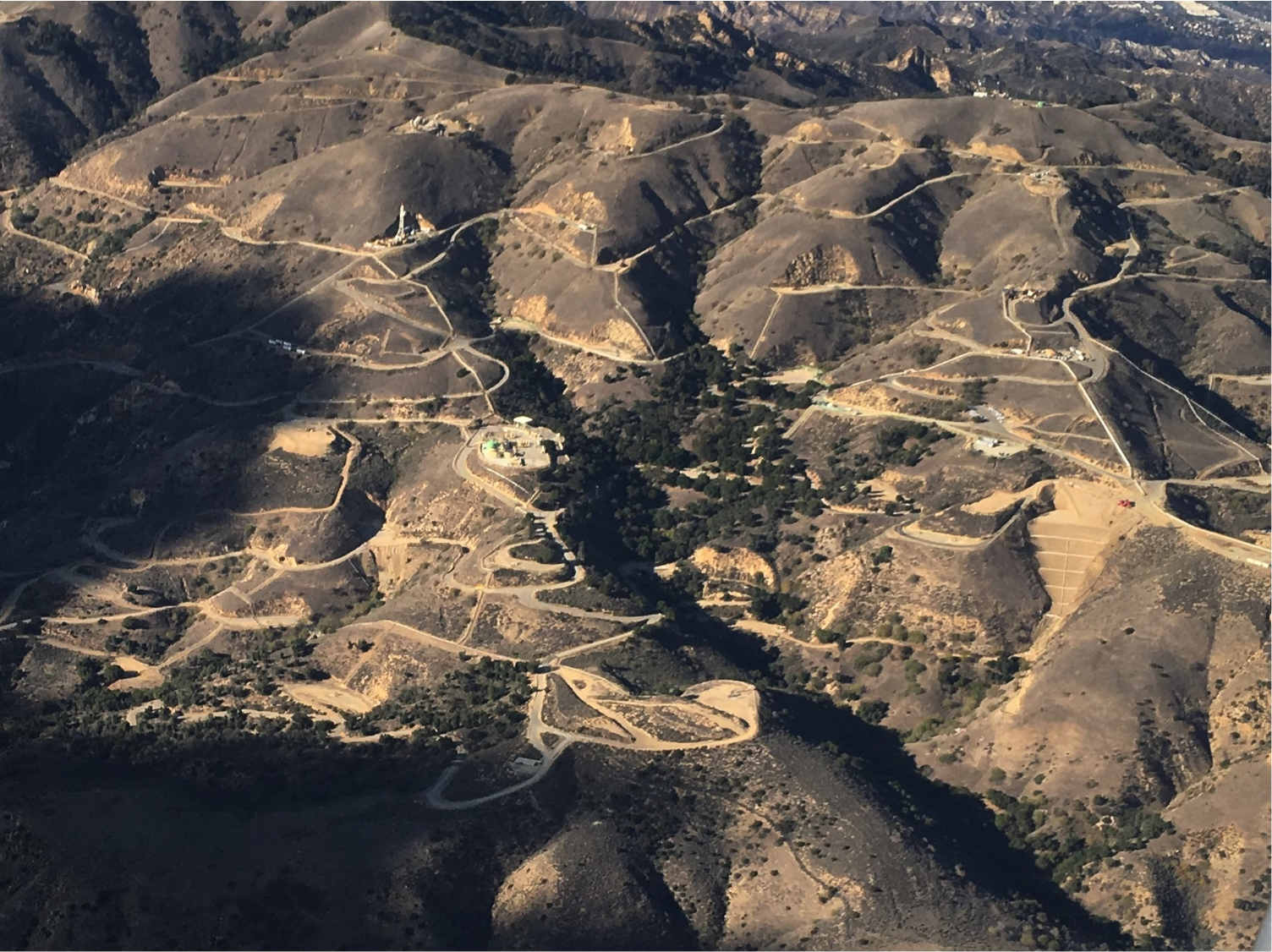It was last November when Stephen Conley first flew one of his single-engine planes over Southern California’s Porter Ranch, just two weeks after a massive natural gas leak had been detected in the area. The plane is one of two he owns that are equipped with instruments to detect pollutants in the air; as the president of his own small science-flights company, Conley has piloted his planes over fracking fields and natural gas pipelines throughout the West. Often, he measures the gases that such structures emit even when they’re working as intended.
But the Porter Ranch-area blowout was unlike anything he had ever flown through before. “I was dumbfounded,” says Conley, who is also an atmospheric scientist at the University of California–Davis. The numbers appearing on his instrument panels were an order of magnitude higher than any he had ever seen. Conley soon experienced a headache as a result of the smell, which was unusual because normally he can’t smell anything while flying his planes.
“One little thing going wrong has just rolled back years of emissions reduction efforts by the state of California.”
Since that first trip, he has piloted 12 more flights and released preliminary numbers on the rate at which the broken well, operated by the Southern California Gas Company, was leaking. The company finally plugged the leak earlier this month, and today, Conley and a team of scientists are publishing more careful estimates of how much methane, a potent greenhouse gas, escaped into the atmosphere as a result of the leak. Their final count: over 97,000 metric tons, enough to do the same damage to the climate as 572,000 passenger cars over a year’s worth of driving.
“One little thing going wrong has just rolled back years of emissions reduction efforts by the state of California,” says Thomas Ryerson, a chemist with the National Oceanic and Atmospheric Administration who worked with Conley on the leak estimate, which appears in the journal Science.

In the future, Conley and Ryerson’s numbers will play a role in calculating what Southern California Gas will have to do—and pay—to make up for the environmental damage unleashed by the leak. The California Environmental Protection Agency’s Air Resources Board will use the Science numbers, along with other leak-size estimates, to come up with a mitigation plan for Southern California Gas. The board expects to have a final plan ready sometime this spring, spokesman Dave Clegern says.
Whether other estimates will agree with Conley and Ryerson’s remains to be seen. So far, the science community seems to appreciate Conley’s work. “The science in this paper is great,” says Paul Wennberg, an atmospheric chemist at the California Institute of Technology who was not involved in the study. Southern California Gas didn’t have much comment, although, technically, it paid for many of Conley’s flights through an agreement with the Air Resources Board. “Until we complete our own calculation of how much gas was lost, we are not in a position to comment on or otherwise confirm the accuracy of any other researcher,” Southern California Gas spokesman Chris Gilbride writes in an email.
Meanwhile, Conley will continue flying over the Porter Ranch and other gas and oil fields, measuring the leaks we put into our atmosphere.

“Catastrophic Consequences of Climate Change” is Pacific Standard‘s year-long investigation into the devastating effects of climate change—and how scholars, legislators, and citizen-activists can help stave off its most dire consequences.




